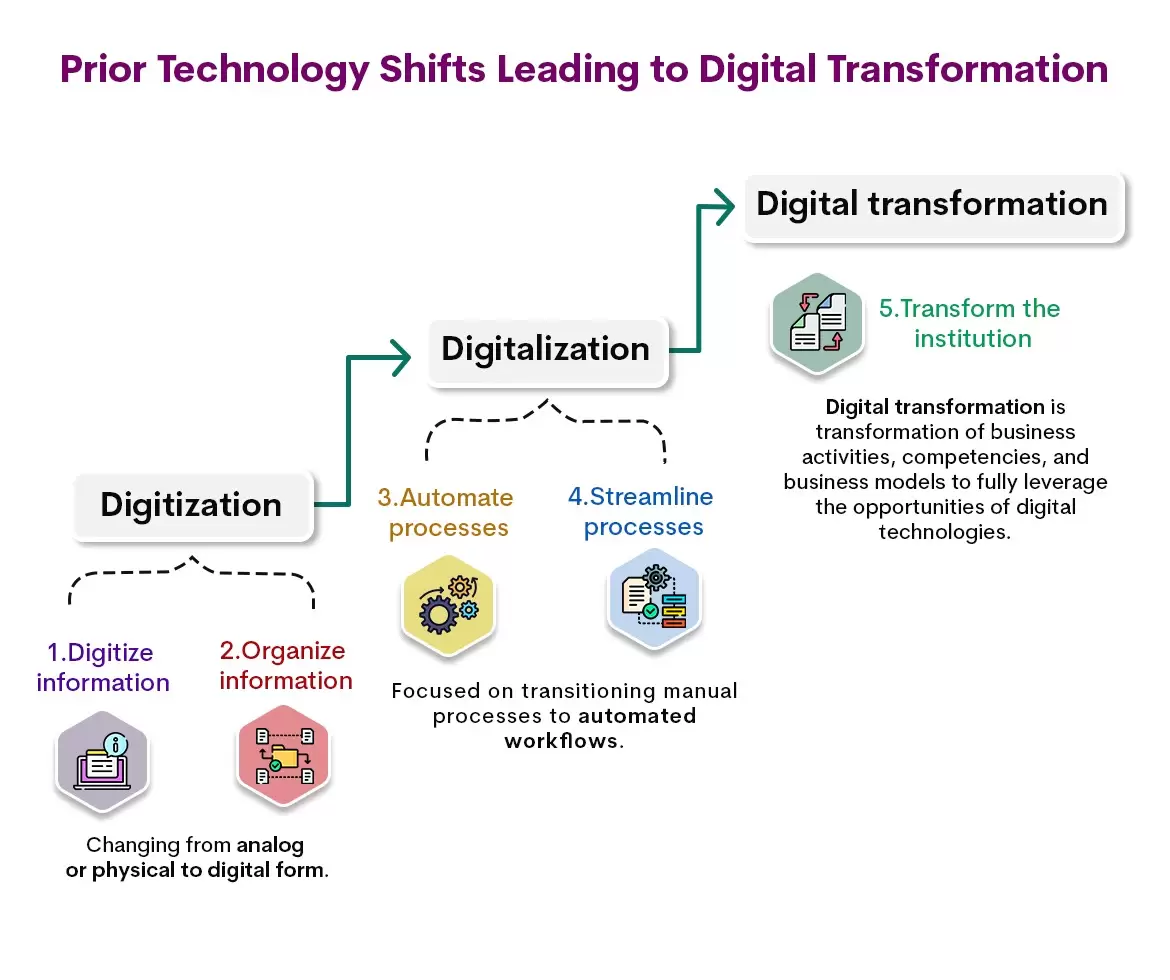Technology has changed the world in so many ways, and some of the most prominent strides made by it have been in regard to digitization. From the archaic days of converting an analogue signal into a digital format, technologies used today have digitized the way we store, share, and interact with information. This post is an exciting outlook on the evolution of digitizing technology over the years, focusing on key milestones to have come to alter industries in one way or another.
The Earlier Days of Digitization
The digital technological revolution dates back to the middle of the 20th century when the first digital computers were invented. The first attempts at digitization involved the conversion of such analog signals as sound and images into their digital forms that would be understood by a computer. It was then that the first digital cameras and audio recorders appeared, which gave further impetus to the subsequent development of technology.
At this time, industries like music and photography were the first to realize the potential of digitization. The shift from vinyl records and film photography into the digital format was enormous, allowing much easier media storage, manipulation, and distribution. Yet at this point, such technologies were still in their early stages; the complete potential of digitization had not yet been exploited.
The Rise of Personal Computing
The 1980s and 1990s were the real times for digital technological leaps, with personal computers making their way into many households. Apple and IBM developed more user-friendly machines, which allowed people to digitize and store data on their own. A range of software was evolving during this time that could manage sophisticated tasks of digitalization, like image and video editing.
The internet only accelerated this process of digitization further. As more and more people gained access to the web, digital content was in ever-increasing demand. Websites, online music stores, and digital libraries make information and entertainment available at the user’s fingertips. Comparisons like woven patch vs embroidered patchwere now being discussed by professionals and hobbyists, since digitizing designs was the thing to do.
The Digital Revolution in Media
At the beginning of the millennial turn, the media industry experienced a digital revolution. High-speed internet, advanced compression technologies, and the supply of digital devices brought the cost down, changing the way media was consumed and produced. Streaming services like Netflix and Spotify changed the way we watch movies or listen to music; physical media are now almost obsolete.
In the world of photography and videography, digital cameras now rule with higher resolutions and better storage options. Social media, such as Facebook, Instagram, and YouTube, provides an instant platform for sharing digital content across the globe, thus raising the demand for good digitization quality.
The Impact on Business and Industry
The digitization technology has revolutionized entertainment and personal use, but it has also made a huge difference in business and industry. Digitization and analysis of voluminous data have revolutionized sectors like health, finance, and manufacturing.
The introduction of EHRs through digitization in healthcare has greatly improved patient care since every health history is easily accessible to the concerned healthcare service providers. Digital banking and e-transactions in the banking and finance sectors make operations easier and do not require much paperwork and physical presence. Finally, in manufacturing, the introduction of CAD and 3D printing through digitization has revolutionized the product design and production process.
Role of Artificial Intelligence and Machine Learning
Artificial intelligence and machine learning have merged to take digitizing technology to newer heights in the past few years. These technologies allow computers to process huge amounts of data and make intelligent decisions, thereby advancing digitization.
For example, AI-powered image recognition can digitize images with accuracy and use that to manage large image collections. In a design context, AI can be utilized in the creation of complex digital patterns and improve the works’ precision and efficiency,
The Future of Digitizing Technology
The future of digitization technology is only getting wider. New 5G networks bring speed and reliability to internet connections, further pushing development in digital applications. Virtual reality and augmented reality will redefine how humans experience digital content, from immersive experiences to blurring the spaces between the real and the digital worlds.
Second, quantum computing can open further pathways toward field digitization, allowing very high-speed data processing and analysis. Further development of AI and ML would more strongly support the digitization and structuring of complex information, fueling innovation in many areas.
Conclusion
From its introduction, digitizing technology has come a very long way. From the early days of digital conversion through to modern sophisticated AI-powered systems, digitization has revolutionized the way of living, working, and playing. There shall be no limit to what technology can do in further advancement, in digitizing technology, ensuring a future wherein digital innovation will continue to shape our world in exciting and unexpected ways.
Meta Tag
Explore the fascinating evolution of digitizing technology, from its early days to modern advancements, and discover how it has transformed various industries over the years.
